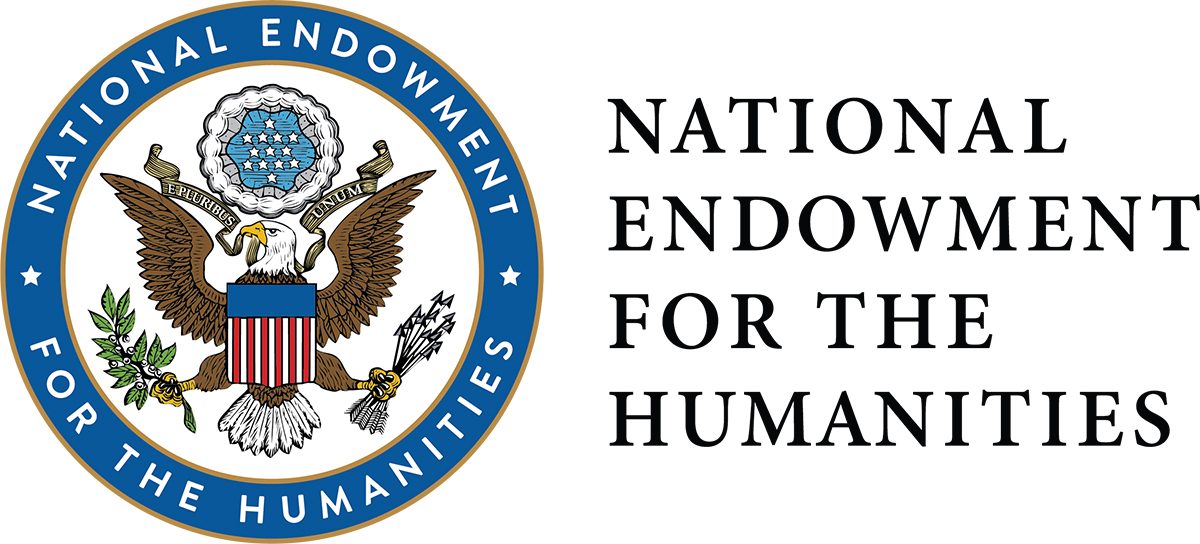FUNDING CUTS IMPACT CT HUMANITIES: Help CT Humanities navigate recent funding cuts and continue our vital work across Connecticut. All donations made to CTH will be matched dollar-for-dollar up to $50,000. Donate today!
Now Viewing:
Mansfield
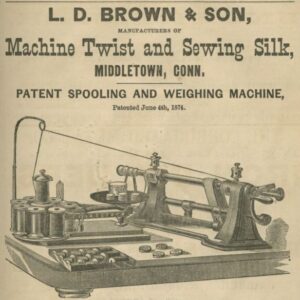
L.D. Brown and Son Silk Mill: A Staple in Middletown’s South Farms District
With established factories in Mansfield and Middletown, Lewis Dunham Brown and his son, Henry Lewis Brown, were pioneers in the US silk industry.
Read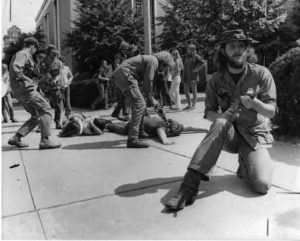
Vietnam Protests in Connecticut
Opposition to the war in Vietnam manifested itself in Connecticut in many of the same ways it did across the country.
Read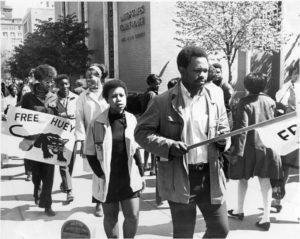
The Black Panther Party in Connecticut: Community Survival Programs
The Black Panthers had a significant presence in Connecticut in the 1960s and ’70s, particularly through community programs aimed to serve minorities living in the state’s more urban areas.
Read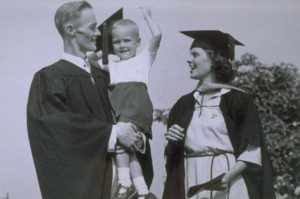
UConn and the Evolution of a Public University
From farming and war work to physics and sports, the University of Connecticut has diversified over the years and become New England’s leading public university.
Read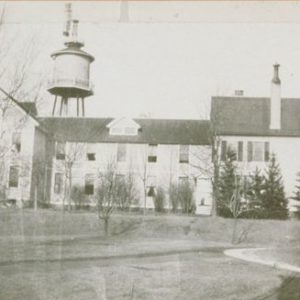
The First University of Connecticut Trustees
When the University of Connecticut started life as the Storrs Agricultural School in 1881, Governor Hobart Bigelow appointed its first eight trustees—all with agricultural backgrounds.
Read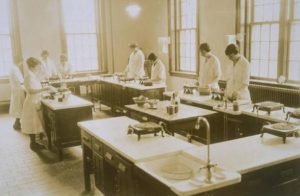
From Aprons to Lab Coats: The Art and Science of Home Economics
In 1893 the Storrs Agricultural College (the precursor to the University of Connecticut) began training women in domestic science, the discipline that would later be called home economics.
Read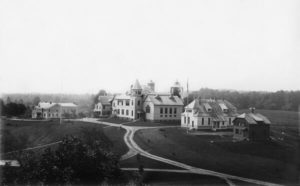
The Yale-Storrs Controversy
In the late 1800s, under pressure from frustrated farmers, the Connecticut General Assembly voted to transfer land-grant status and revenue from Yale to the Storrs Agricultural School (UConn).
Read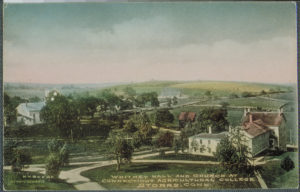
Connecticut Soldiers’ Orphans’ Home
In 1866, the Connecticut Soldiers’ Orphans’ Home opened in Mansfield to house and educate boys and girls left parentless by the Civil War.
Read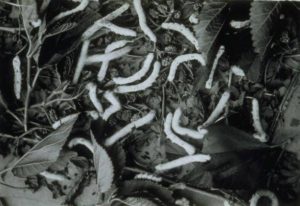
Connecticut’s Mulberry Craze
Connecticut, especially Windham and Tolland Counties, was the epicenter of US raw-silk production in the mid-19th century.
Read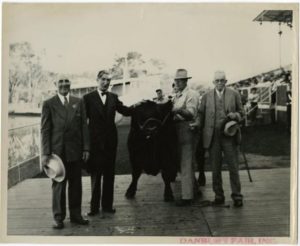
Hard Times: Governor Wilbur Cross and the Great Depression in Connecticut
Born in Mansfield, Governor Wilbur Cross helped see Connecticut through the Great Depression and several natural disasters.
Read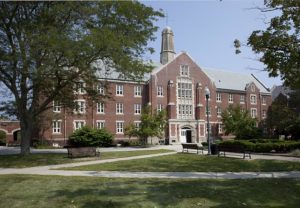
Homer D. Babbidge, Leader in Education
Homer Daniels Babbidge, Jr., made his mark as president of the University of Connecticut from 1962 through 1972 and transformed the once-quiet university into a national leader in higher education.
ReadMore Articles


